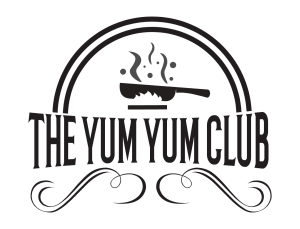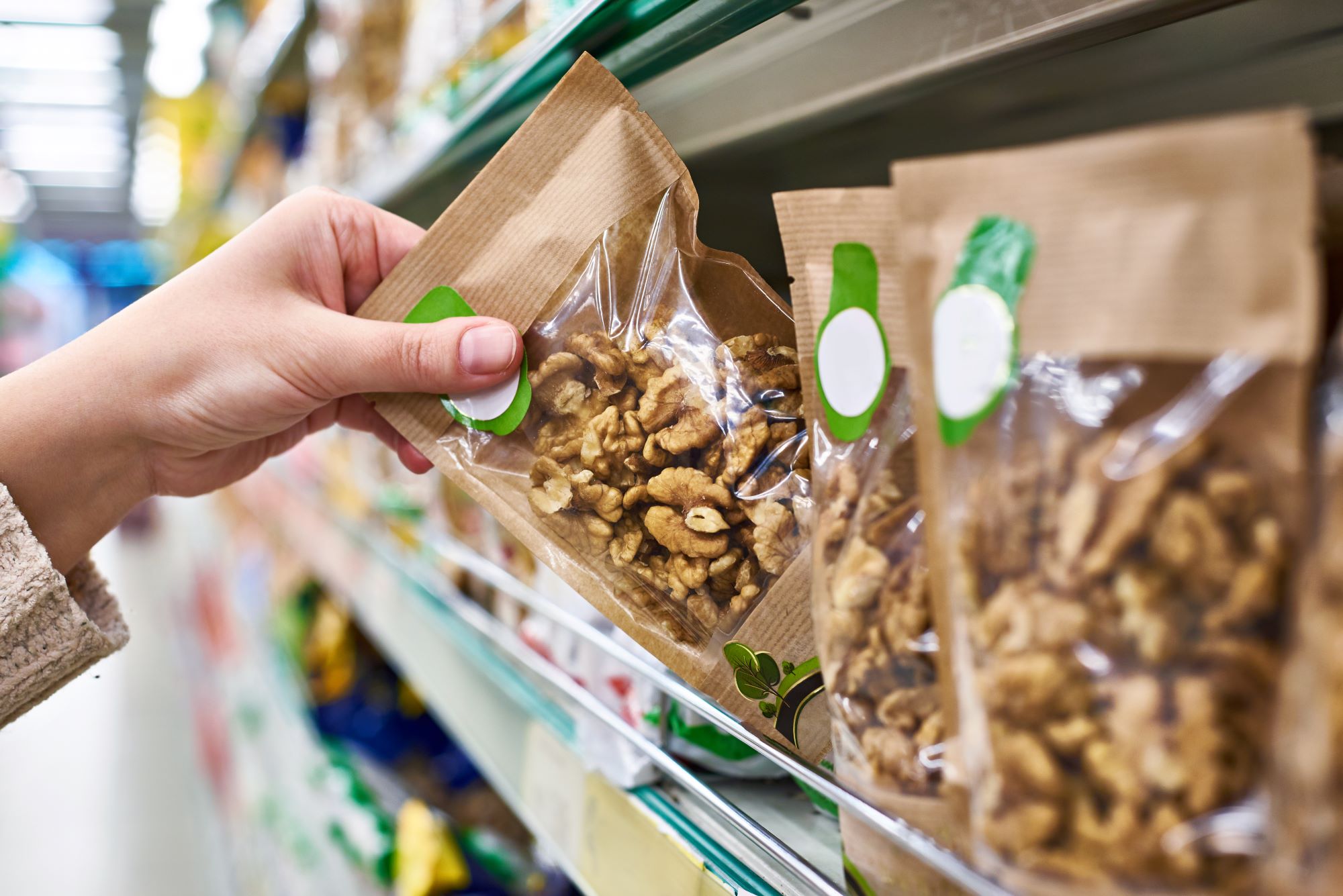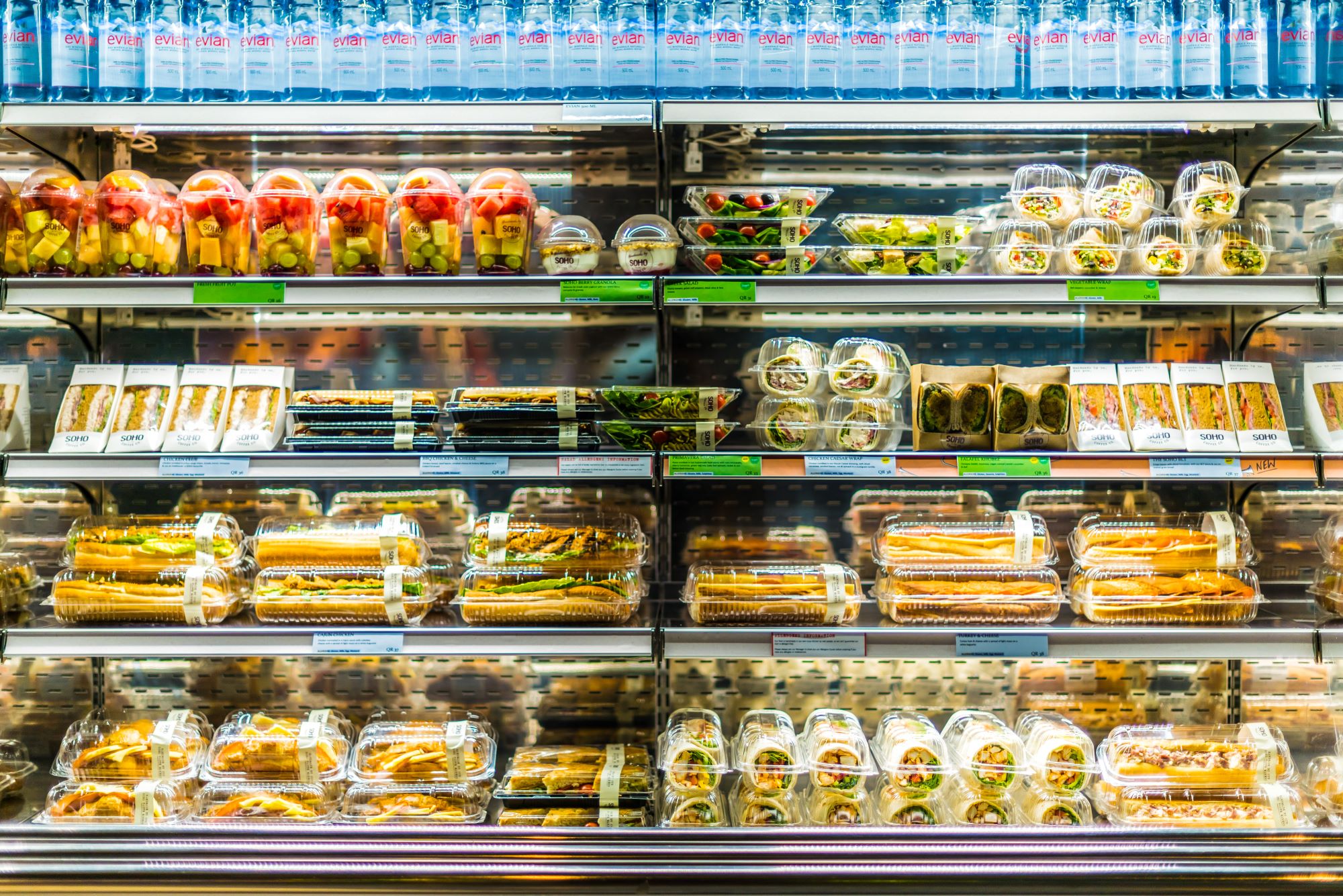Selling food products would never be a walk in the park. Apart from ensuring that you create the best-tasting food, you also need to pack your items well, especially if you’re planning to sell in retail. When entering the retail industry, prepare to face tough challenges, as you’ll be dealing with plenty of things—from design down to production.
Packaging food products would always be tricky. Apart from looking for quality food packaging, there are more things that you need to look after. To guarantee the success of your food products in retail, below are some of the best ways you can pack them:
Identify The Best Packing Material And Type
Different foods have various ways of storage. For example, you can’t sell cupcakes with icing and place them inside a paper bag and expect them to look beautiful when a customer takes them home to eat.
Apart from the proper presentation, you also need to ensure that your customers would receive the food in its best shape, especially since you cannot control the food’s transportation. With that, you need to identify the best packing material for your food products.
-
Bags
Bags are usually made from a plastic or paper wrapper that a person can easily tear open to enjoy what’s inside. Bags help protect the food and prevent any air or bugs from coming in contact with it, keeping your food healthy and in its best shape. You can find bags used mostly with snacks, such as chips and pretzels.
-
Boxes
Using boxes for your products is a great way to be sustainable with food packaging. This eliminates the need for plastic as you can fully utilize natural resources, such as wood, and make boxes out of them. They’re also cost-efficient and easy to transport while providing a beautiful packaging design.
You can use boxes to store your food products, such as frozen pizza, snack crackers, and cereals. You can even place cooked foods inside a food box to save on costs. Boxes are a great option if the retail store provides hot food to their customers or offers delivery services.
-
Cans
For wet food, placing it inside a can would be the best option. Using cans can help prevent leaks and spills as they’re securely intact and would not open unless people use a can opener or twist the lid. In most cases, cans are made of thin metal to keep your food clean and maximize its lifespan. Since there’s no chance for sunlight to peek through, a can also protect your food from the sun’s rays. Use cans to store your wet food, such as gravy, soup, fruits, vegetables, and meats.
-
Cartons
While often interchangeable, boxes and cartons are different from one another. Cartons are usually coated on the inside with a thin plastic or paraffin to protect the entire packaging from moisture. They function similarly to cans but are a bit less durable due to their materials. That said, they’re more eco-friendly since they’re made from corrugated cardboard.
You can use cartons for storing your eggs or drinks. You’ll see them most often with milk and juices, as these beverages are easily consumable but have a lot of moisture.
-
Wrappers
Using wrappers is more commonly known for packing individual items that need extra protection from the environment. Wrappers use thin plastic and are most commonly used with candies and other light snacks. These types of foods have a low melting point and would usually stick to other foods if stored uncovered in the same container.
Know Your Target Market
As you design your food packaging, you always need to keep your target market in mind. You need to learn which type of packaging they’ll prefer and what kind of tones and moods help catch their attention.
For example, if you’re selling to rich people, you should create a packaging design that uses luxurious yet minimalist details. If you’re using bags, you can leave them with a matte finish instead of the standard glossy, as they look posher and more upscale.
You can research and learn your target market’s behavior and likes. You can even use a test run on your market and see how they respond to your design.
Incorporate Proper Branding
Branding is crucial in any kind of business. With the number of competitors your product has to sit with on shelves, you need to ensure that people would remember your brand. Moreover, if you’re planning to extend your line of products, it’ll be nice if you could incorporate proper branding. This way, your customers would immediately know that the new product is from your business.
Apart from incorporating your brand logo, you also need to choose the right colors and art styles for your packaging. Decide if you’d like to keep everything fancy, minimalistic, artsy, or cartoonish. You can hire a graphic artist to help you maintain proper branding while still allowing your products to look appetizing.
Include Important Details
When designing food packaging, there are some important details you shouldn’t miss. While they might not look too aesthetically pleasing, they’re a Food and Drug Administration (FDA) requirement. Skipping them could get your business into trouble. You can always place these details at the back of your packaging and allow your food products to have a beautiful design front.
According to FDA requirements, your packaging should include the following:
- Nutrition facts
- Allergens
- Net weight
- Details of the manufacturer
- Ingredient list
- Product identification
- Universal Product Code (UPC) barcode
You can look for creative ways to add them to your packaging. Just ensure that you never skip including them in your packaging design.
Check Competitor’s Design
Of course, you’ll be dealing with competitors once you enter the retail market. To keep yourself on top of the game, you can check your competitor’s design and see how it looks on the shelf. You can take inspiration from their design and look for ways to outshine them.
Takeaway
Knowing what kind of material to pack your food product with is important. You need to go with the material that can help ensure maximum food freshness. Moreover, you need to be careful with your design and consider your competitors, target market, and requirements from the FDA. While the whole process might be a bit challenging, seeing the likely great results would be worth it.



Leave a Reply